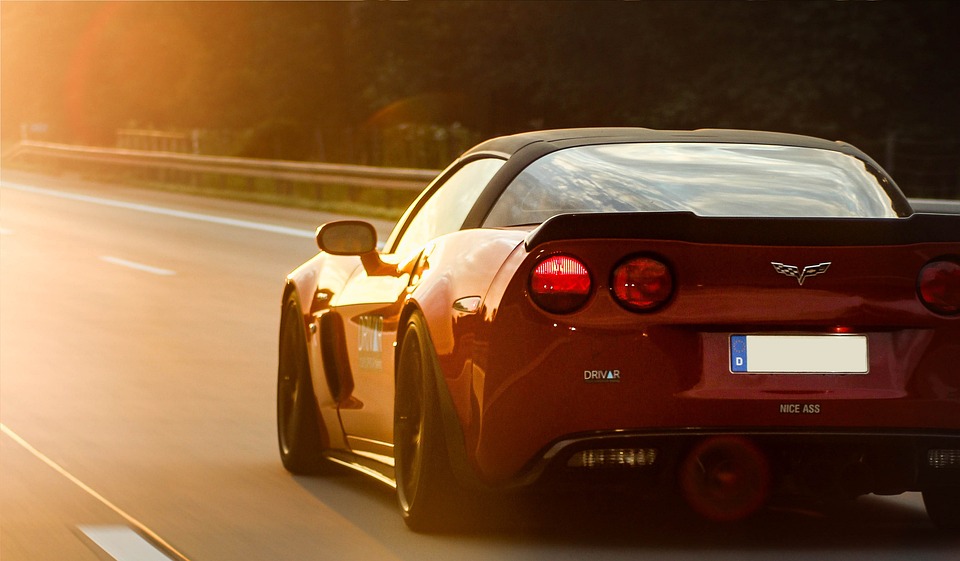
The Evolution of Racing: How Technology is Shaping the Future of Drivers
Introduction
Racing has always been a sport that pushes the boundaries of what is possible, both in terms of speed and technology. From the early days of racing on dirt tracks to the high-tech, precision machines of today, the evolution of racing has been driven by technological advancements. These advancements have not only made the sport faster and more competitive but have also shaped the future of drivers in ways that were once unimaginable.
From Horsepower to Hybrid
One of the most significant ways technology has impacted racing is through the evolution of the vehicles themselves. In the early days of racing, horsepower was king, with engine size and raw power being the key factors in determining a car’s speed. However, as technology has advanced, so too have the vehicles that race on the track.
Today, racing cars are a far cry from their predecessors, with hybrid engines, advanced aerodynamics, and state-of-the-art suspension systems all playing a role in creating the fastest cars on the track. These advancements have not only made racing faster and more exciting for fans, but have also changed the way drivers approach the sport.
The Rise of Data Analytics
Another way technology is shaping the future of drivers is through the use of data analytics. In today’s racing world, every aspect of a driver’s performance is analyzed and optimized, from their lap times to their tire wear. This data is collected in real-time and can be used to make instant adjustments to the car’s performance, giving drivers a competitive edge on the track.
Data analytics also plays a crucial role in driver development, with coaches and engineers using this information to identify areas for improvement and tailor training programs to address specific weaknesses. This level of feedback and analysis was once unheard of in racing, but is now a standard part of the sport, thanks to advancements in technology.
Virtual Reality and Simulation
One of the most exciting ways technology is shaping the future of drivers is through the use of virtual reality and simulation. These tools allow drivers to experience the track and fine-tune their skills in a virtual environment, without ever setting foot on the actual track. This not only provides a safe and cost-effective way for drivers to practice, but also allows them to push the limits of their abilities in ways that were once impossible.
Virtual reality and simulation have also revolutionized the way drivers prepare for races, with virtual track previews and race simulations becoming a standard part of pre-race training. This level of preparation not only gives drivers a competitive edge on race day but also allows them to experience tracks and conditions that would otherwise be impossible to replicate.
Safety Innovations
While speed and performance are crucial in racing, safety is always the top priority. Technology has played a crucial role in improving safety standards in racing, with advancements in impact protection, driver safety systems, and track design all working together to reduce the risk of injury on the track.
One of the most significant safety innovations in recent years is the introduction of driver safety systems, such as HANS devices and energy-absorbing barriers, which help to protect drivers in the event of a crash. These systems have saved countless lives and have dramatically reduced the number of serious injuries in racing.
The Future of Racing
As technology continues to advance, the future of racing looks brighter than ever. From electric cars to autonomous vehicles, the possibilities for innovation in racing are endless. While some purists may argue that the essence of racing lies in the raw power and skill of the driver, there is no denying that technology has forever changed the sport for the better.
The evolution of racing has been driven by technology, with advancements in vehicle design, data analytics, virtual reality, and safety innovations all playing a crucial role in shaping the future of drivers. While the fundamentals of racing may remain the same, the tools and technologies available to drivers today are unlike anything that has come before, giving them new ways to push the boundaries of what is possible on the track.

